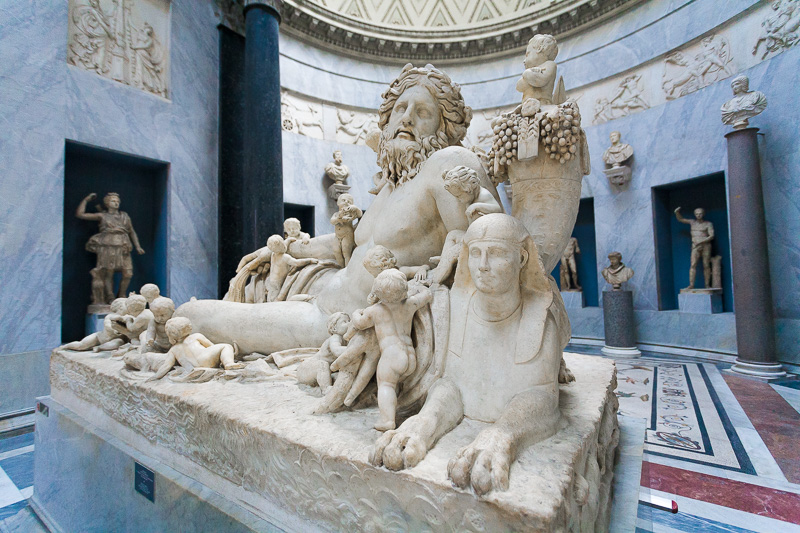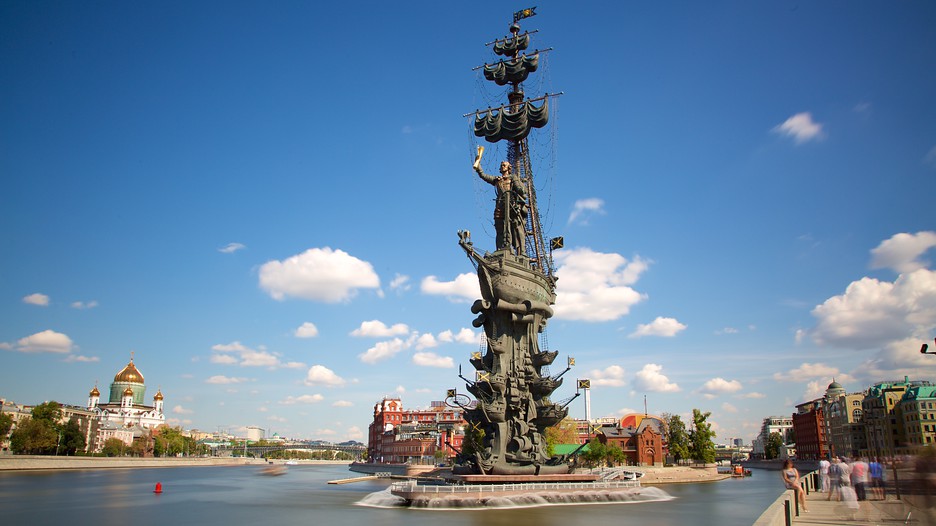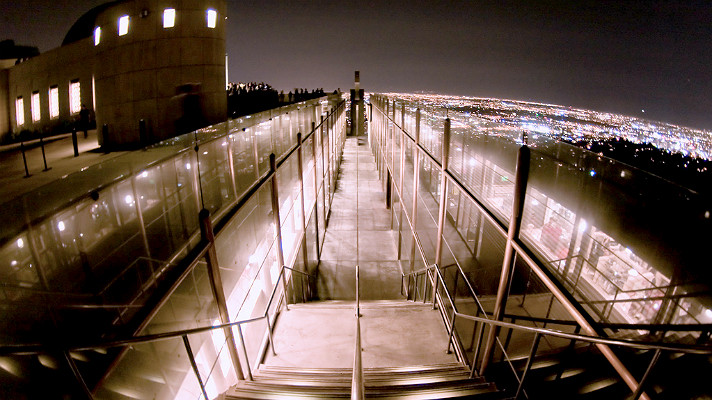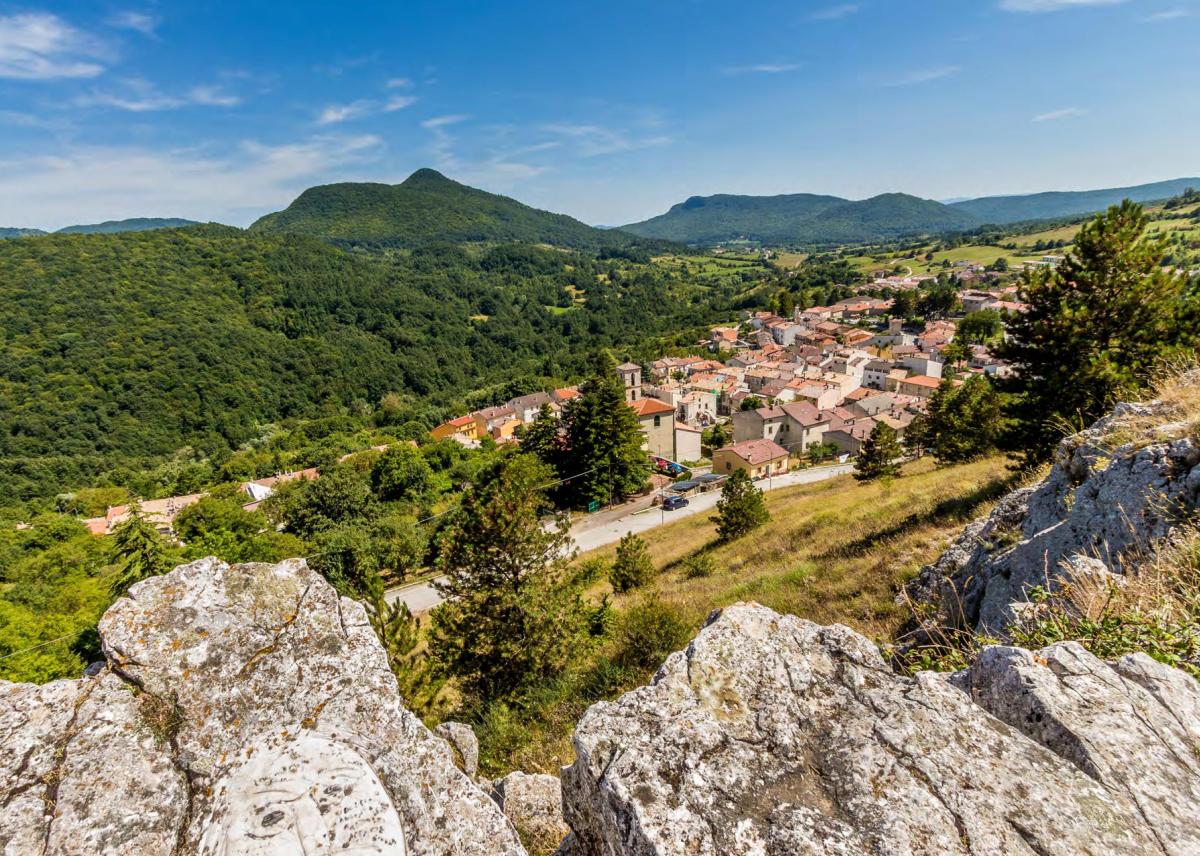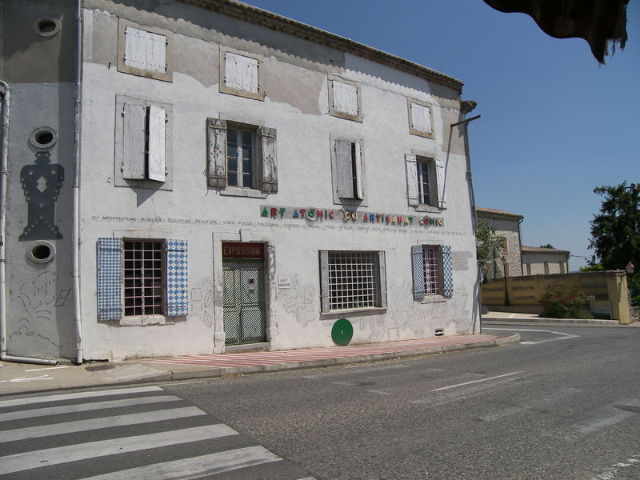The Vatican Statue of the Nile is located in the exedra of the Braccio Nuovo of the Vatican Museums.According to Bernardo Gamucci – author of the fundamental text Libri quattro dell’antichità della città di Roma, raccolte sotto brevità da diversi antichi et moderni scrittori, printed in Venice in 1565 – the colossal statue of the Nile was found in 1513 near the Church of Santo Stefano del Cacco in Campo Marzio.The sculpture, datable to the 1st-2nd century, is a Roman replica of an Alexandrian sculptural original, made of black basalt and, according to Pliny the Elder, placed by Vespasian in the Temple of Peace in Rome.The Nile, represented as a beneficent deity, a primary source of life capable of ensuring, with its regular and periodic floods of water, fertile soil for the crops, has the appearance of an old man lying on his side.
With his left arm he holds a cornucopia full of fruit, the symbol par excellence of abundance and fertility, while with his right hand he holds a few ears of corn alluding to the harvest.
Around him move 16 putti that personify, already according to Philostratus, 16 Pécheis or cubits of ideal growth of its waters during the season of floods. They are depicted as small Genii, perhaps each of the same height as a cubit of about 50 centimetres. And as spirits who preside over the destiny of men, protecting their territory, they interact with the river and play with a crocodile and an ichneumon or mongoose, defined by Leonardo da Vinci as "mortal enemy to asp".
The Nile is leaning against the sphinx, the monster with a lion’s body and human head, which evokes Egypt, the land over which it holds power with its waters. In fact, it is the presence of the river that makes the desert habitable, creating a fertile strip of land along its banks: just over six kilometres on each side at its widest point, less than a kilometre at its narrowest, as far as the large area of the delta.And it is precisely on the base of the statue that the story of the Nile is told: on the left – and in correspondence with the entire personification of the river – one sees its waters flowing, rising higher and higher, just as the Cubits above them rise and rise, to finally withdraw and let the harvest of the "granary of the world", visible on the right, grow.
The waters of the Nile, considered sacred and for this reason collected in amphorae and carried in procession with the gods, are the true protagonists of this allegory in which the majestic bearded man, with his head crowned with leaves and fruits of Egypt, is only a pretext to remind men that the source of life is nature itself with its cycles.
